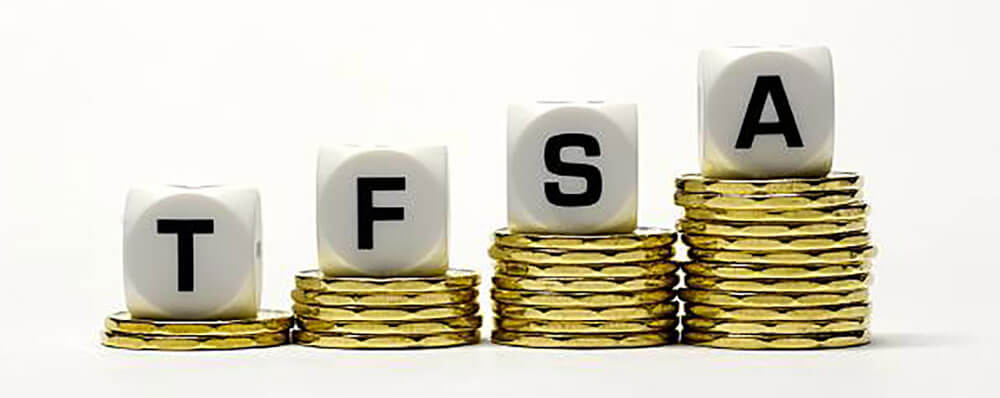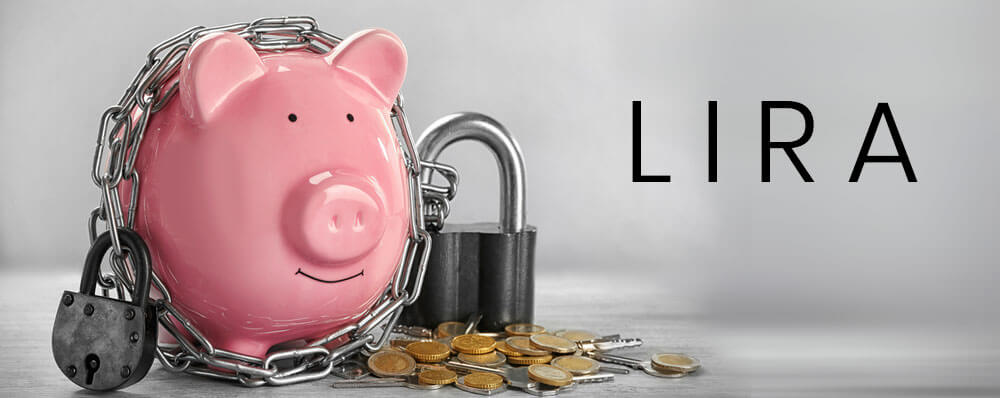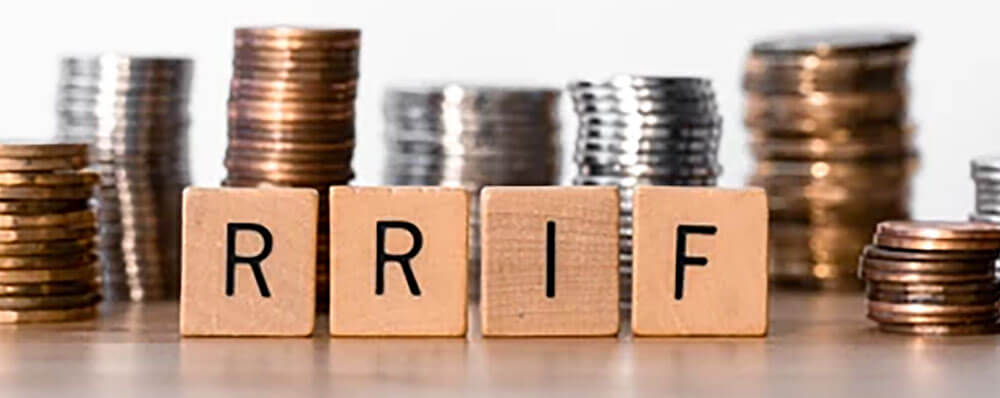A Comparison of Registered Accounts For Your Gold and Silver Bullion

Canada’s 2005 federal budget made qualifying gold and silver coins and bullion bars eligible to be held in registered accounts. There are many different types of accounts that are structured to provide tax benefits that help Canadians save for big expenses like purchasing a home or business, education and retirement. These accounts must be registered with Revenue Canada for tax purposes and assets held in these registered accounts must meet certain requirements.
According to Revenue Canada, ‘qualified’ investments’ are defined by income tax regulations and include cash, stocks, bonds, GICs, ETFs, mutual funds and qualifying precious metals. The 2005 Federal Budget defines ‘qualifying’ bullion investments as follows:
Legal tender bullion coins will qualify if they are produced by the Royal Canadian Mint and all or substantially all of their fair market value is attributable to their precious metal content. Bullion bars will qualify if they are produced by a metal refinery accredited by the London Bullion Market Association, as evidenced by a hallmark identifying the refiner, purity and weight. Certificates will qualify if they are issued by a federally or provincially regulated financial institution and represent a claim on precious metal holdings of the issuing institution. For all such investments—that is, coins, bars and certificates—the investment must be acquired either from the producer of the investment or from a regulated financial institution.
There are further regulations defining how and where the bullion must be stored and reported for tax purposes. Questrade and Laurentian Bank Discount Brokerage are the only brokers in Canada to service physical bullion in registered accounts. Another handful service bullion certificates in registered accounts. The different types of registered accounts that can hold physical gold and silver are described below.

Tax Free Savings Account (TFSA)
Every year, you are allowed to invest a certain amount of your after-tax income in a TFSA. Withdrawals from these accounts are not included in your income and are not taxed. Income earned on assets in your TFSA is not taxed either, this includes income from interest, dividends and capital gains. The exception being a 25% U.S., non-residency withholding tax on U.S. dividend income.
TFSAs are flexible; you can withdrawal money at any time with no tax repercussions and redeposit that amount later. You only have to stay within your contribution limit. Contributions are cumulative so if you have not put money into a TFSA, you are entitled to deposit your cumulative allowance since 2009, the year that these accounts were introduced. The TFSA contribution limit was increased in 2015 from $5,500 to $10,000.You’re already contributing the maximum to your RRSP.
If you expect to be in a higher tax bracket after retirement, you should consider opening a TFSA instead of an RRSP. Also, if you are in a low income bracket and likely to receive benefits after retirement, withdrawals from TFSA will not jeopardize your benefits. Withdrawals from your RRSP or RRIF increase your taxable income and reduce government benefits.

Registered Retirement Savings Plan
RRSPs are designed to help Canadians save for retirement. They allow you to defer paying taxes on income while you are working and in a higher tax bracket. After retirement, your withdrawals will be taxed at a lower rate. You’re RRSP account may be a self directed brokerage account or may be managed by professional investors. Your employer may make direct contributions for you or you can fund your own RRSP at your own discretion, within the contribution limits.
Interest, dividend and capital gains earned on assets in your RRSP are not taxed. RRSPs are the only type of registered Canadian account that is not subject to the 25% non-residency withholding tax on U.S. dividend income. Withdrawals, on the other hand are included as regular income and taxed accordingly.
Unlike TFSAs, RRSP contributions are tax deductible and you are allowed to contribute about 18% of your annual income (up to $24,270 in 2014) until age 71. So you can earn a tax break or tax return if you put enough into your RRSP. When you turn 71, you will likely convert your RRSPs Registered Retirement Income Funds (RRIFs) and annual taxable withdrawals become mandatory. You can also put your RRSP into an annuity at age 71 or just cash out and pay one large tax bill.
Relevant RRSPs can be individual or spousal. Individual RRSPs have one single account holder who also contributes directly. Spousal RRSPs allow one spouse (the one who earns more) to contribute to an RRSP that is in the other spouse’s name. It allows a couple to share income in retirement and maximize their tax deductions.
The Home Buyer’s Plan allows Canadians to use funds from their RRSP to buy a home by borrowing up to $25,000 from their RRSP and another $25,000 from a spousal RRSP. This loan is tax free and you will have 15 years to repay it. Similarly, the Life-Long Learning Plan allows you to borrow from an RRSP so you or your spouse can attend full time post-secondary school. The annual limit is $10,000 and this plan can be employed twice, for a maximum loan of $20,000.

Locked-In Retirement Account
When you leave an employer that has been contributing to an employee-sponsored pension plan, you can transfer some of all of your portion of the funds into a LIRA. These accounts are sometimes referred to as locked-in RRSPs. You cannot make any withdrawals from this type account before retirement, with few exceptions.
Once you reach age 71, you are required to move your LIRA to an annuity, a Life Income Fund, Locked-In Retirement Income Fund (LRIF) or a Prescribed Registered Retirement Income Fund (PRRIF). You can also convert your LIRA or locked-in RRSP to a LIF. These accounts have mandatory minimum annual-withdrawals that are taxed like regular income.

Registered Retirement Income Fund and Life Income Fund
When you turn 71, RRSPs must be converted to Registered Retirement Income Funds (RRIFs) or LIF and annual withdrawals become mandatory. You must pay income tax on your annual withdraws. These plans are beneficial to those in a lower tax bracket after retirement.
You can keep your self directed RRSP brokerage account at Questrade or Laurentian Bank and convert it to a RRIF or move an outside account to one one of those brokerages. You will no longer be able to make contributions but you can continue trading and will only pay taxes on annual withdrawals.

Registered Education Savings Plan
A registered education savings plan (RESP) is is a tax-deferred account that can be used to save for the beneficiary’s post-secondary education.
Contributions are not tax deductible. However, earnings on assets in these account are held in a tax-exempt trust so the assets can grow tax-free. They are accounted for as taxable income by the beneficiary only when they are withdrawn. You can open an RESP with $1000 and contributie at your discretion up to $50,000 per beneficiary with no annual limit.
Contributions are generally eligible for the Canada Education Savings Grant. Regardless of your family’s income, the government will contribute an additional 20% of your contributions directly into an RESP account, up to $500 and with a lifetime limit of $7,200. Additional grants are available depending on family income.
There are different types of RESPs. Non-family plans have one beneficiary. Family plans can have one or more beneficiaries but they must be related.
Adding Gold to Registered Accounts
If you are looking to put gold or silver bullion into one of these registered savings accounts, consider opening a Questrade Account. While Laurentian Bank services these accounts and allows you to hold qualifying bullion, you cannot redeem your gold or silver from them. In this way, their service is similar to holding a certificate. Those who want to know that they can take physical possession of their metal, if need be, should open a self directed brokerage account at Questrade.
Questrade acts as a bullion dealer so you can either trade physical gold and silver directly with them or choose one of their affiliate dealers who will buy and sell bullion with funds in your brokerage account. Questrade is highly rated. It is a low-cost brokerage that offers a large selection of investments so you can consolidate and conveniently manage and track your registered accounts.

Will Your Retirement Weather the Next Financial Crisis?
Gold has been used as an inflation hedge and a way to preserve wealth for millennia. We partnered with Silver Gold Bull, Canada's top-rated gold company (with over 280,000 five-star reviews), to offer Canadians a low-cost and tax-advantaged way to buy gold and silver through an RRSP/TFSA or another retirement plan.
Request More Info
Website: www.SilverGoldBull.ca
Speak to an Expert: (877) 707-4707

Leave a comment